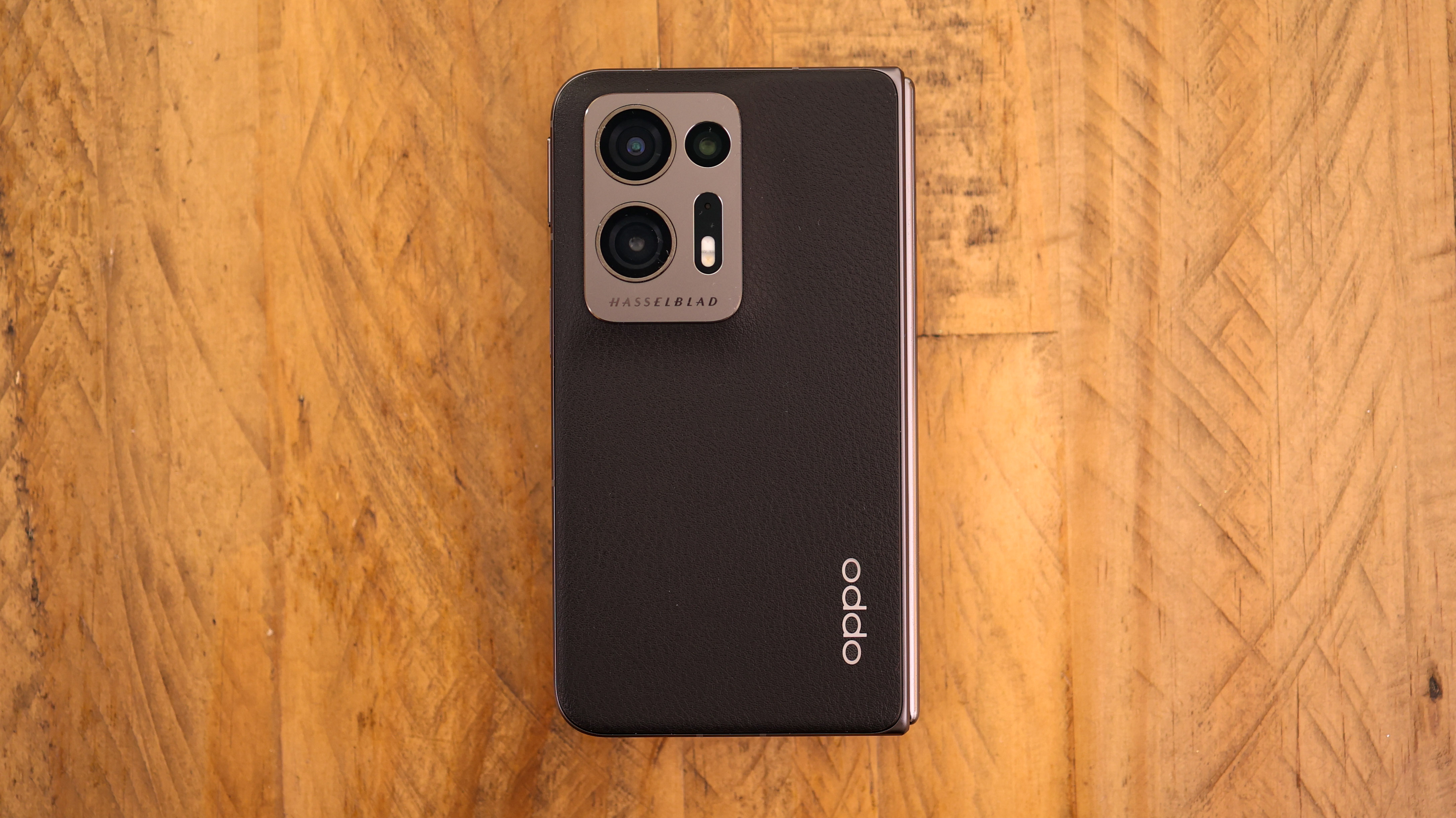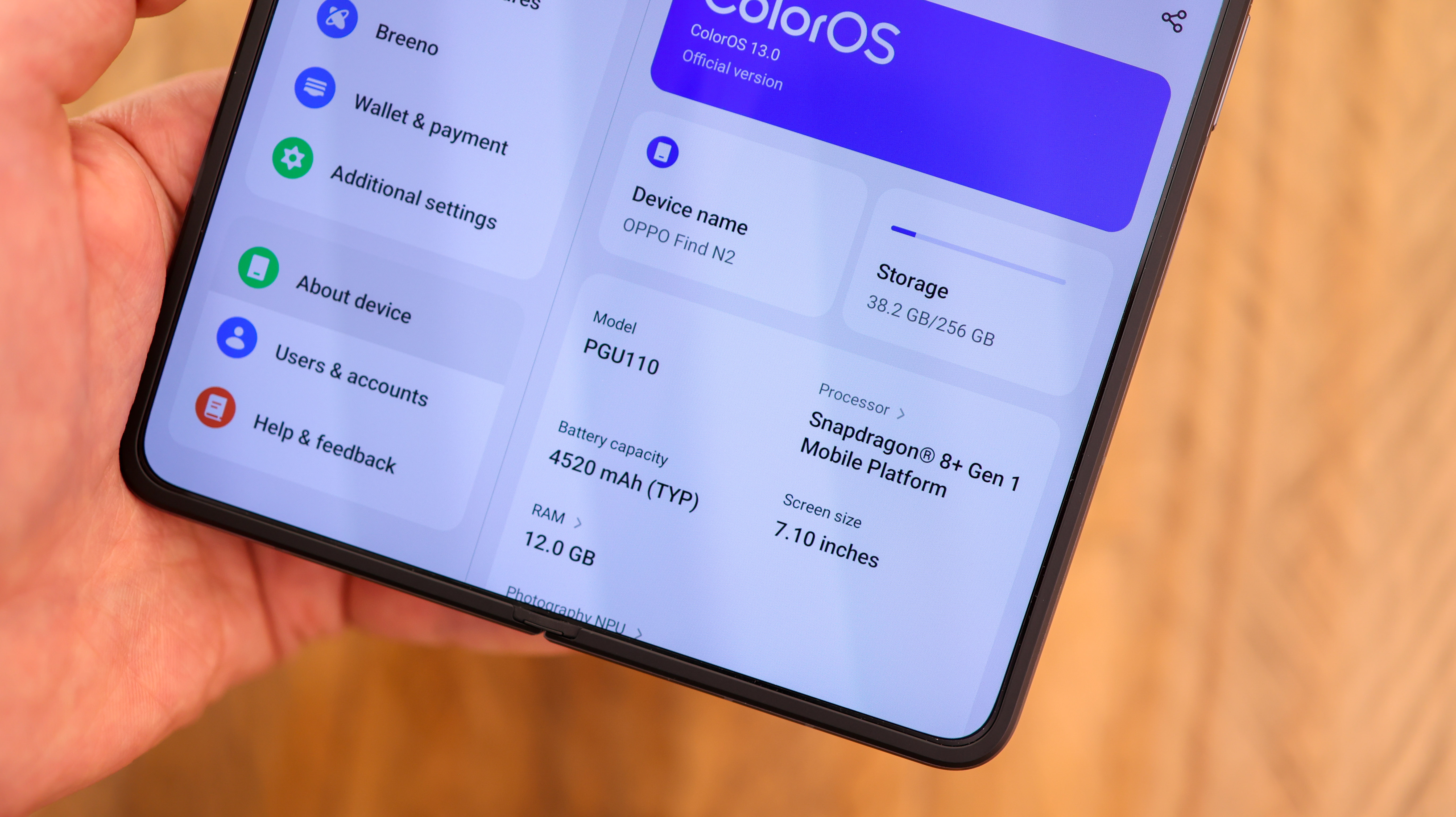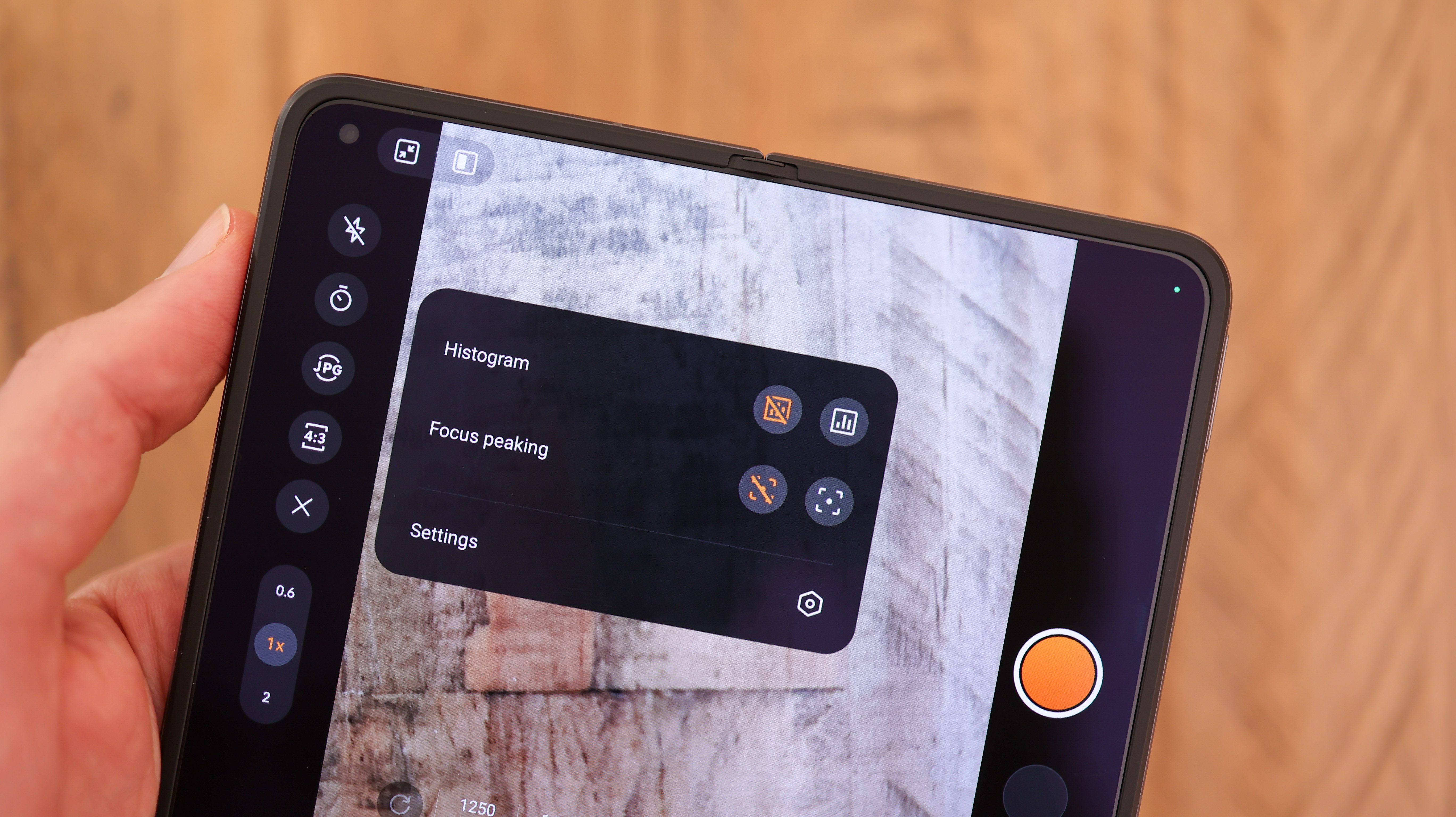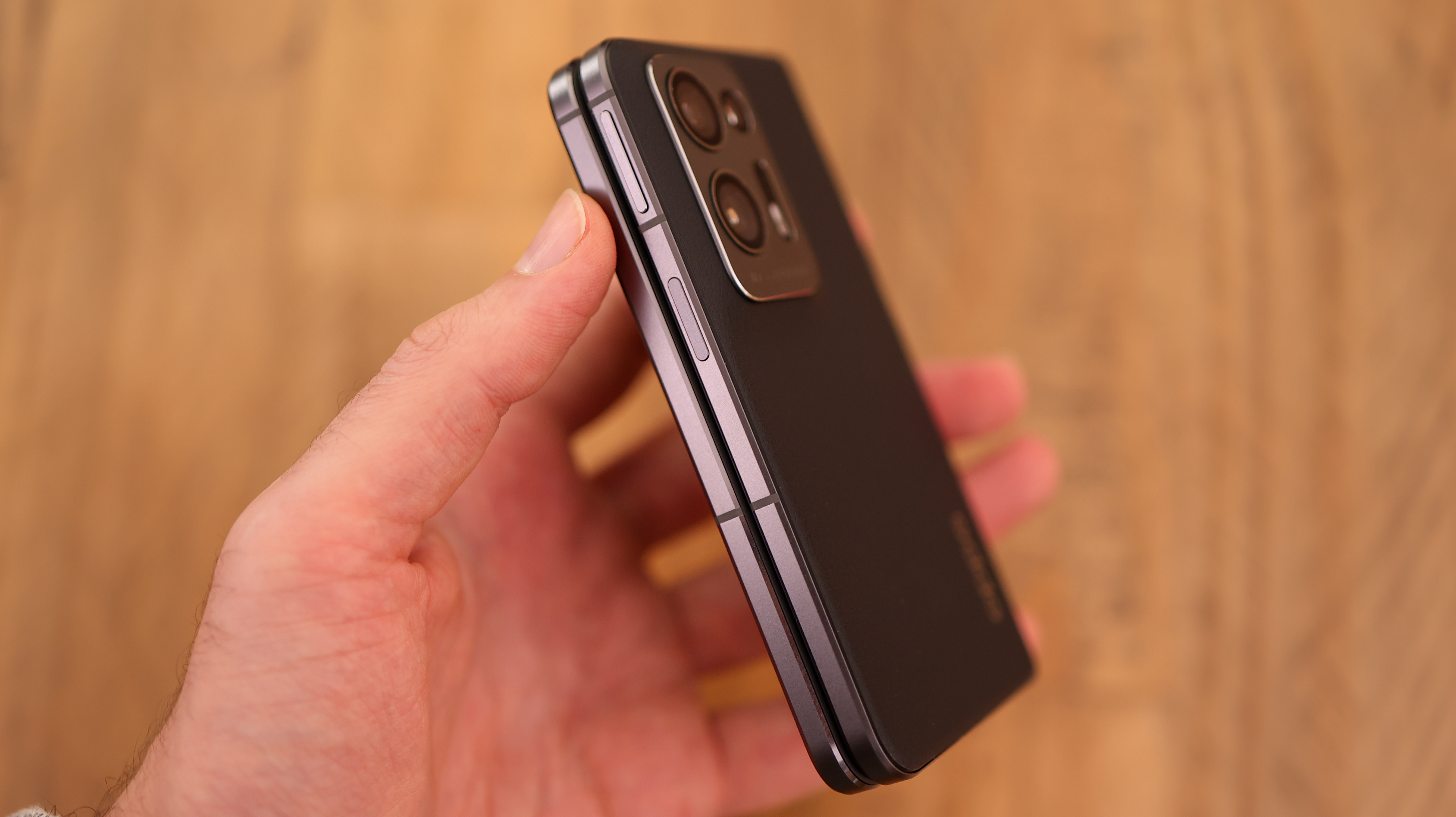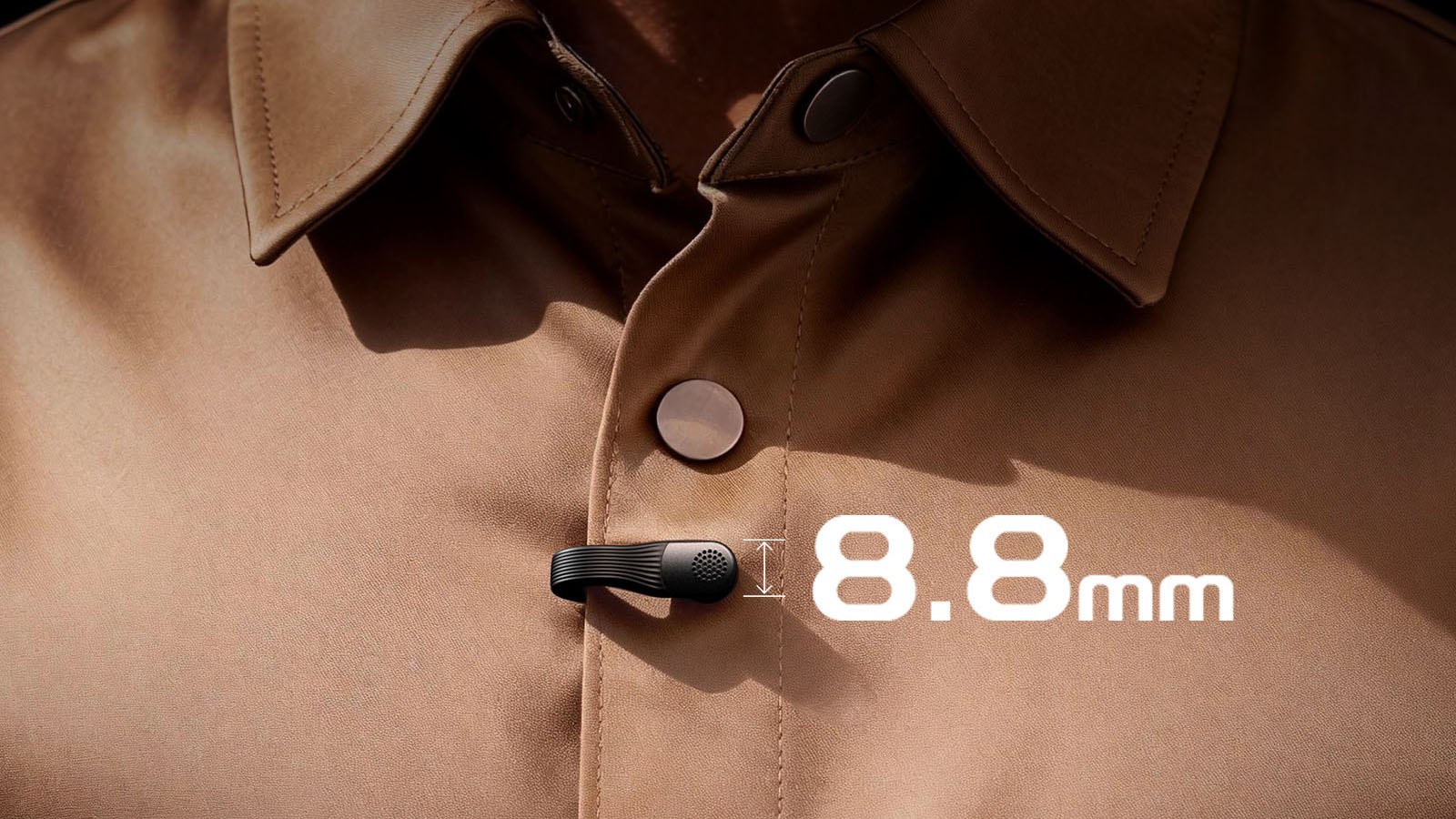Early Verdict
On first impression, we’re happy to see variety in the world of folding phones. Oppo’s Find N2 may share some similarities with the Galaxy Z Fold series, but with its stouter dimensions, it’s different enough to stand out. We’re also delighted that the foldable’s cameras aren’t being neglected, with Oppo adding Hasselblad highlights to its Find N series’ solid camera hardware.
Pros
- +
Lighter than an iPhone 14 Pro Max
- +
Hasselblad Pro mode highlights
- +
Compact design with few compromises
- +
Screen crease less visible than the competition
Cons
- -
Telephoto reach is limited
- -
No wireless charging
- -
Only the Flip version confirmed outside China
- -
No IP water resistance rating
Why you can trust Digital Camera World
2022 has been the year of Chinese brands taking the foldable fight to Samsung, and the Oppo Find N2 is the latest in a line of impressive two-in-one style smartphones that transform from traditional candybar to tablet with an unfold.
With a similar, horizontally folding design to the Samsung Galaxy Z Fold 4, the Find N2 is larger than clamshell phones like the Galaxy Z Flip 4 and Find N2 Flip, the latter launched alongside the N2. Despite this, it’s still light, weighing less than any other horizontally folding phone.
In addition to being a two-in-one smartphone meets mini tablet, the Find N2 sports some unique highlights. For starters, its shape is squatter than competitors, so it should technically be less of a stretch, and it also has a wider front display to type on. Oppo has also significantly reduced the folding screen’s crease width, making it barely visible at certain angles.
Most interesting from an imaging point of view, the Find N2 is the first Hasselblad branded foldable we’ve seen from Oppo. The phone’s Hasselblad Professional Mode features full manual control and Hasselblad styling, along with other flourishes. Also noteworthy, the Find N2 introduces a brand new Sony camera sensor, the IMX890, and packs a high-resolution 47mm telephoto camera and 14mm ultra-wide.
Only the clamshell Find N2 Flip has been announced for a global launch, but Oppo makes it easy to Westernise the Chinese Find N2 with Google Services. But is this Hasselblad foldable phone really worth importing?
Oppo Find N: Design and screen

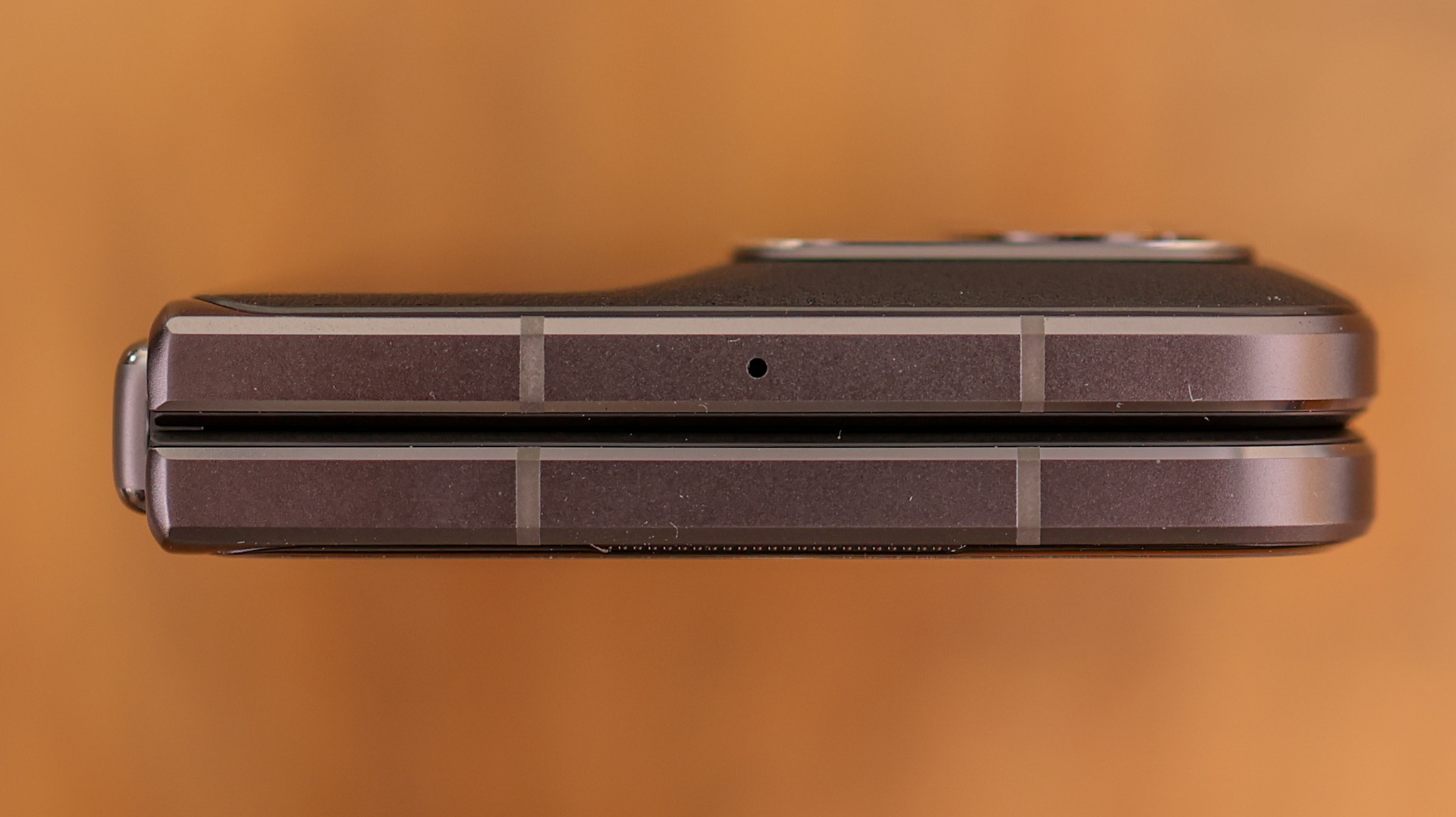

The big headline grabber about the Oppo Find N2 is that it’s the world’s lightest horizontal folding phone. That means that it’s lighter than the Galaxy Z Fold 4, Honor Magic Vs and Xiaomi Mix Fold 2, amongst others. In fact, at 233g in Black, and 237g in Green and White, it’s even lighter than many non-folding phones, namely the iPhone 13 Pro Max and 14 Pro Max, which weigh 240g.
The phone’s front screen measures 5.54 inches. This sounds much smaller than other folding phone displays, but in reality, screen size numbers are deceptive. The fact Oppo opts for a more squat aspect ratio for its Find N2 reduces the screen size number versus taller competition, but the phone actually has a much wider display than the 6.1-inch Samsung Galaxy Z Fold 4’s cover screen, so feels less cramped when typing. It also has a similar surface area.
The best camera deals, reviews, product advice, and unmissable photography news, direct to your inbox!
The Oppo Find N2’s inner screen is 7.1 inches – a respectable size, but not as large as some foldables like the Xiaomi Mix Fold 2 which unfolds into an 8-inch display.
While the Find N2’s screen is almost square, it’s a bit wider than it is tall. Most unfolded screens open out being a bit taller than wide, and this gives the Find N2 something of a landscape orientation when opened out without having to rotate it.
The Find N2’s screen specs are also impressive, both inside and out, with HDR10+ AMOLED panels sporting 120Hz refresh rates and high maximum brightness levels – over 1,350 nits across both.
Oppo really wants you to know that it’s prioritizing both screens on its Find N2, so you shouldn’t feel like either is a compromise, whether using the phone with one hand or two.
What do we think? If you’re okay with a smaller inner screen than much of the folding competition, on first impression, we’d say the little Find N2 delivers in a big way. It fits in a palm and pocket, is light enough for comfortable use, and wide enough to type on without feeling cramped.
Oppo Find N: Cameras
For us, one of the most exciting things about the Oppo Find N2 is its camera. In addition to some new hardware in the IMX890 sensor powering the 50MP flagship camera, there are Hasselblad enhancements, as featured on the Oppo Find X5 Pro.
These take the form of Hasselblad Professional Mode, a manual mode with a Hasselblad-styled interface, Certified HNCS for Mobile tuning when shooting in Pro Mode, and XPAN, a super-wide capture mode with a nostalgic UI that emulates Hasselblad’s XPAN camera results and interface.
It isn’t just Oppo’s Find N2 camera software and photo tuning that’s exciting. This foldable is a megapixel-fest. Firstly there’s the 50MP main camera, which, as we mentioned, is powered by a 1/1.56-inch Sony IMX890 matched with an ƒ/1.8, 24mm lens with OIS. Next is a 48MP Ultra Wide camera, with a 1/2-inch Sony IMX581 sensor, an ƒ/2.2 aperture, 14mm focal length, and autofocus.
As for the telephoto camera, it’s a 32MP resolution, 1/2.74 Sony IMX709 sensor, ƒ/2.0 aperture, and 47mm focal length lens combo. It’s a shame the telephoto camera seems to miss out on OIS and a far-reaching field of view, but it should still be a welcome addition for portraits. Also interesting, it’s an RGBW sensor, and with chipsets like MediaTek’s new Dimensity 9200 natively supporting the pixel formation in its ISP, smartphones should be able to eke out more from these sensors going forward.
Being a foldable, you can half-fold the phone, and Oppo’s new Flexion Hinge holds the Find N2 steady throughout 45 to 125 degrees. This means that if you can find a surface, lay the Find N2 down, you should be able to grab a great steady shot.
Add to the mix Oppo’s imaging processor, MariSilicon X, which helps in challenging scenes – specifically nighttime video and 4K HDR capture, and the phone reads like one of the best foldable options from an imaging point of view.
Oppo Find N additional specs
Despite being smaller and lighter than the competition, the Oppo Find N2 is mighty, with a Snapdragon 8+ Gen 1 chipset powering it. You can pick it up with either 256GB storage + 12GB RAM, or 512GB storage + 16GB RAM, and there’s no expandable storage.
Running Android 13 with ColorOS 13, Oppo’s custom UI, there aren’t as many foldable flourishes in the interface as you see on the Galaxy Z Fold series, but in our brief time with the phone everything seemed to run smoothly and function intuitively.
With its 4520mAh battery, the ‘small and mighty’ catchphrase sticks, with the Find N2 packing a larger cell than some of its larger foldable competition, and with its 67W fast charging that powers it up by 37 percent in 10 minutes, and 100 percent in around 42 minutes according to Oppo, its one of the fastest charging foldables around too.
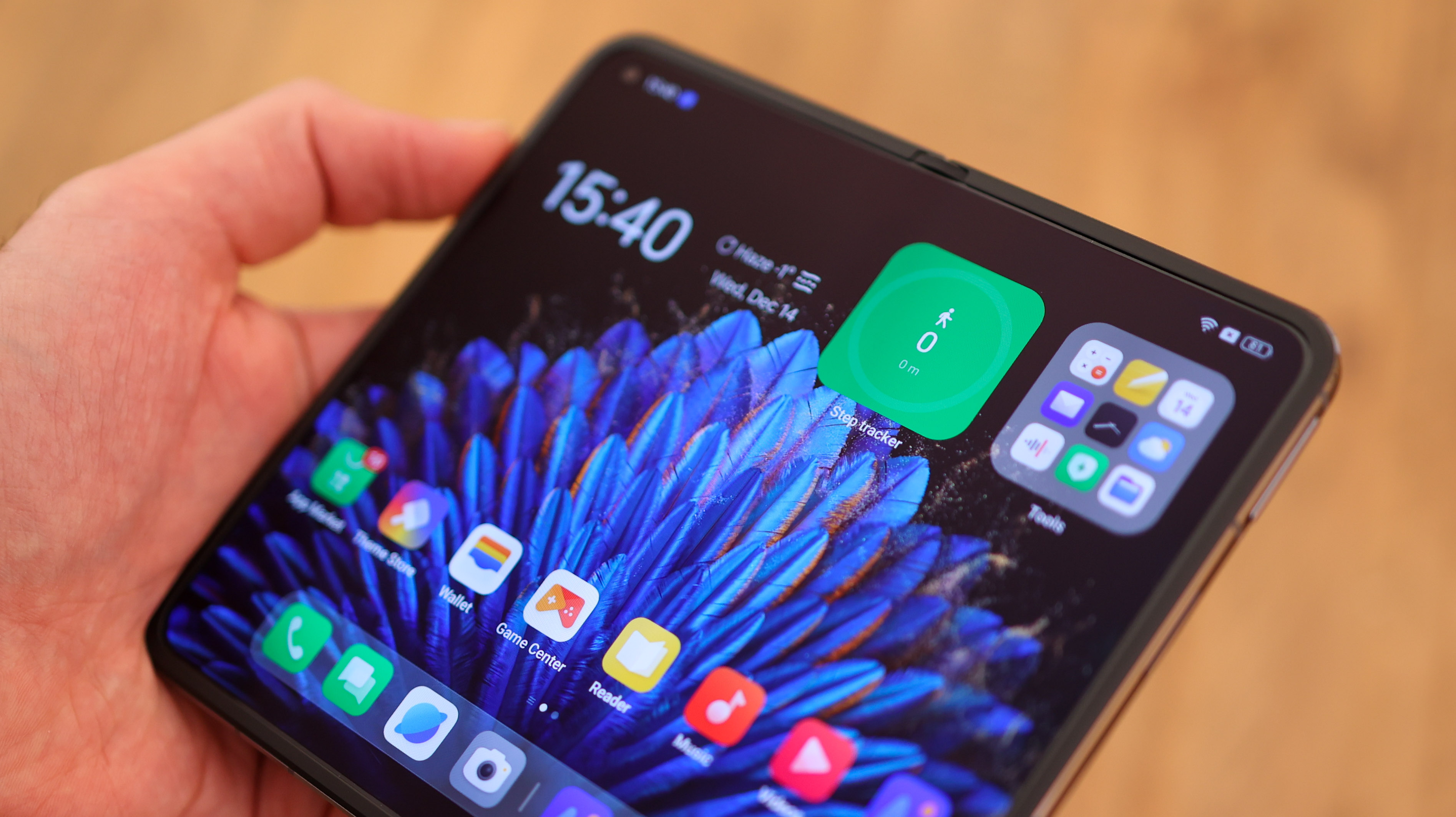

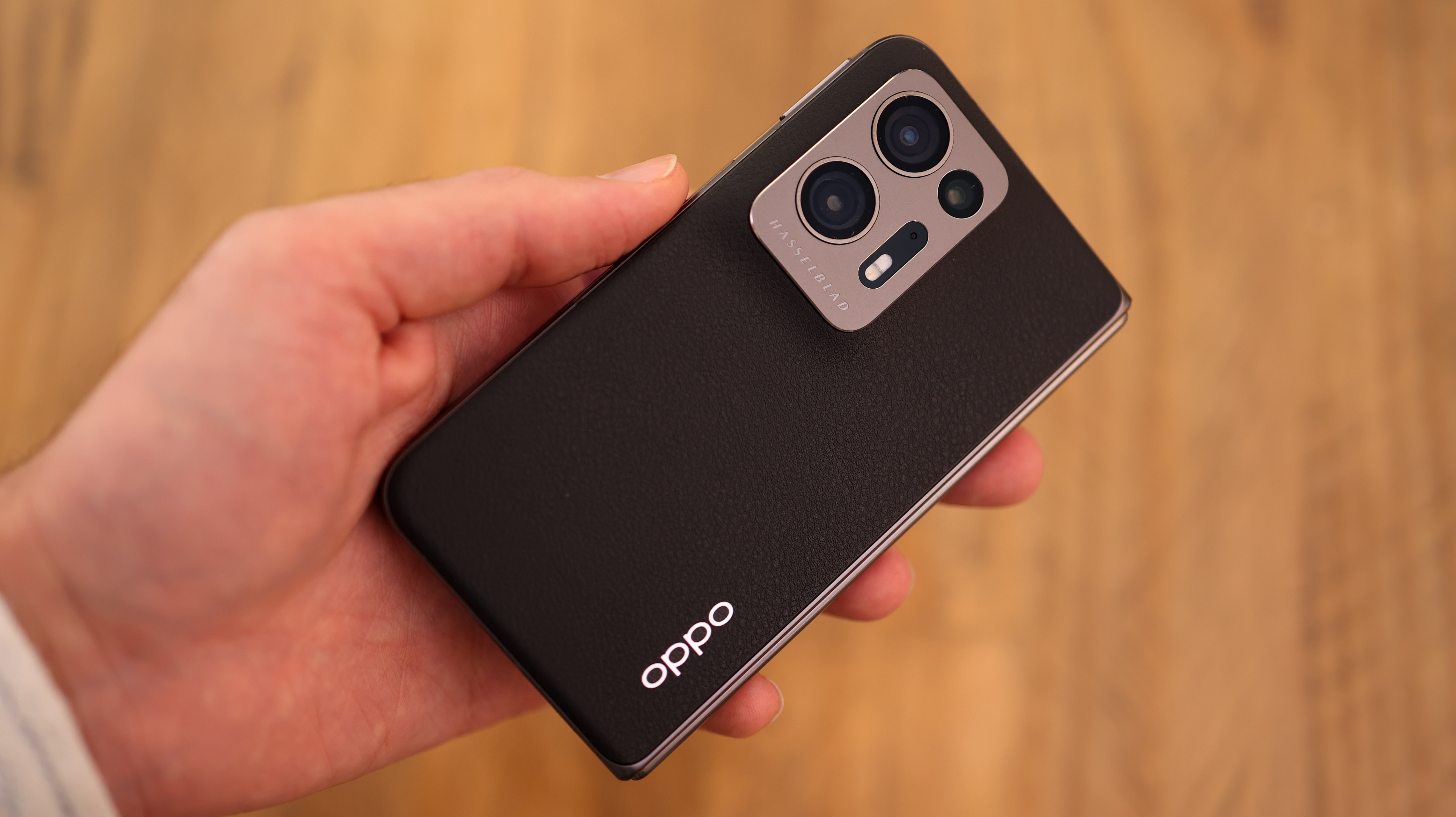


Early verdict
It’s great to see the folding phone category flourish, both in terms of device styles and the range of brands with skin in the game. With Oppo launching both the Find N2 and Find N2 Flip, and the latter confirmed for a global release, Samsung is finally getting some competition in the West.
The Find N2 in its current, China-only state, does work outside China. It runs the Google Play Store with an install, and if you can handle some Chinese characters popping up now and then, could be a novel option for anyone looking to import the world’s lightest phone-to-tablet foldable.
The phone is also the only foldable to benefit from Oppo and Hasselblad’s combined efforts in imaging. How much that means will have to wait for our full review, but for a more in-depth insight into what to expect from the partnership, read our Find X5 Pro review, and to see what the foldable competition looks like, read our best foldables of 2022 run down.
Read more
Best camera phones
Best budget camera phones
Best gimbals for phones and cameras
Basil Kronfli is a freelance technology journalist, consultant, and content creator. He trained in graphic design and started his career at Canon Europe before moving into journalism. Basil is also experienced in video production, independently running the YouTube channel TechEdit, and during his time at Future, he worked alongside the Digital Camera World team as a senior video producer.

